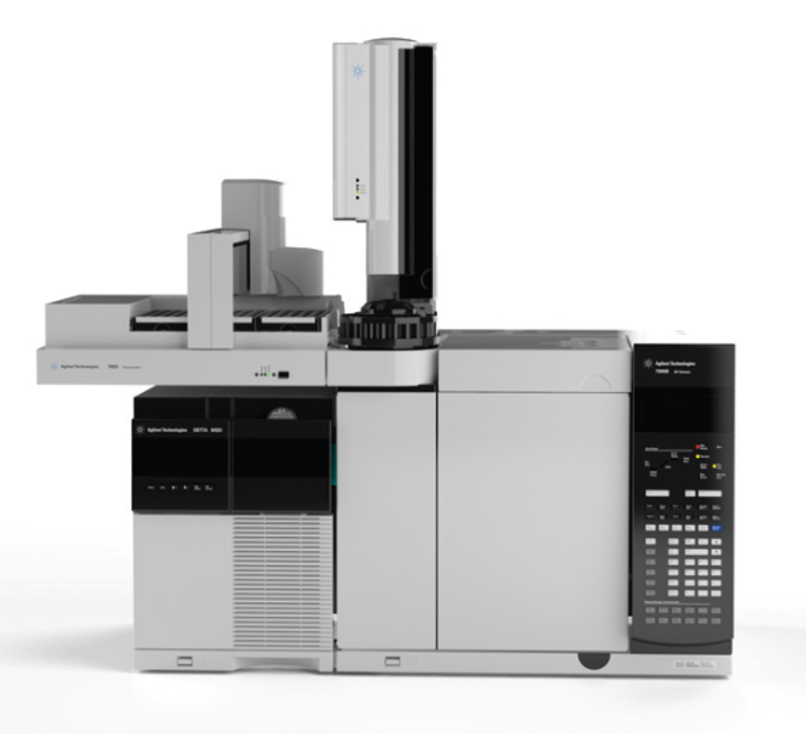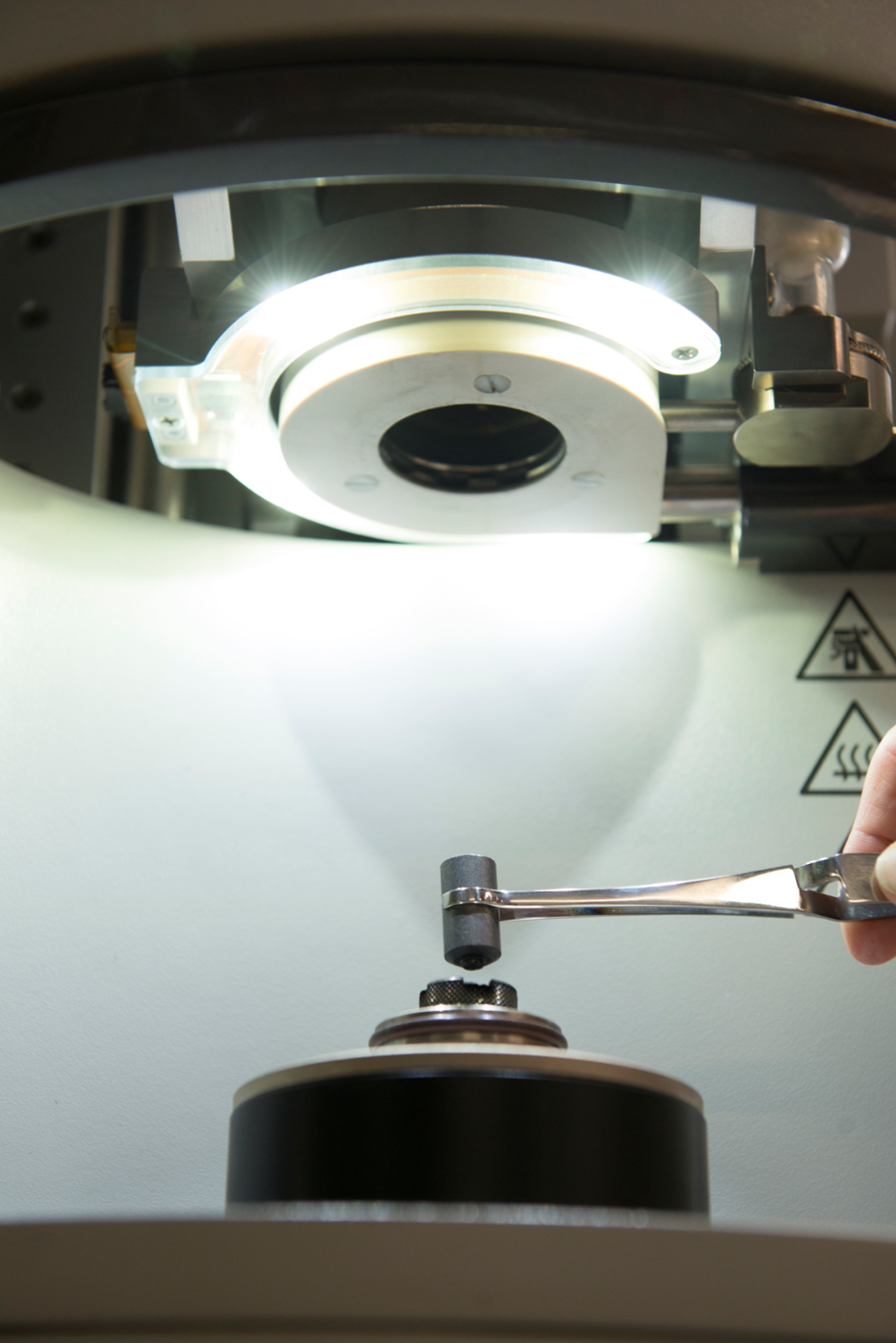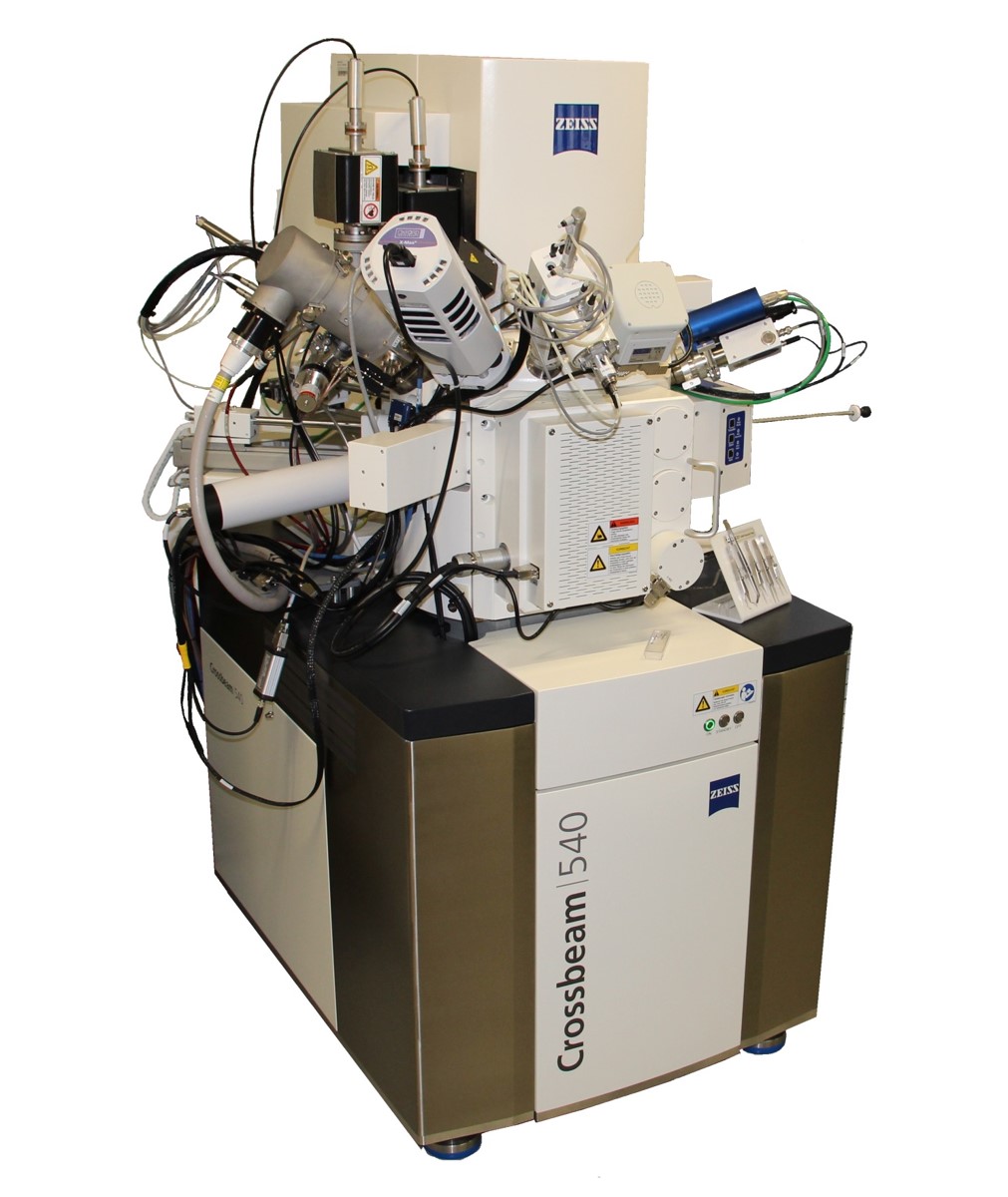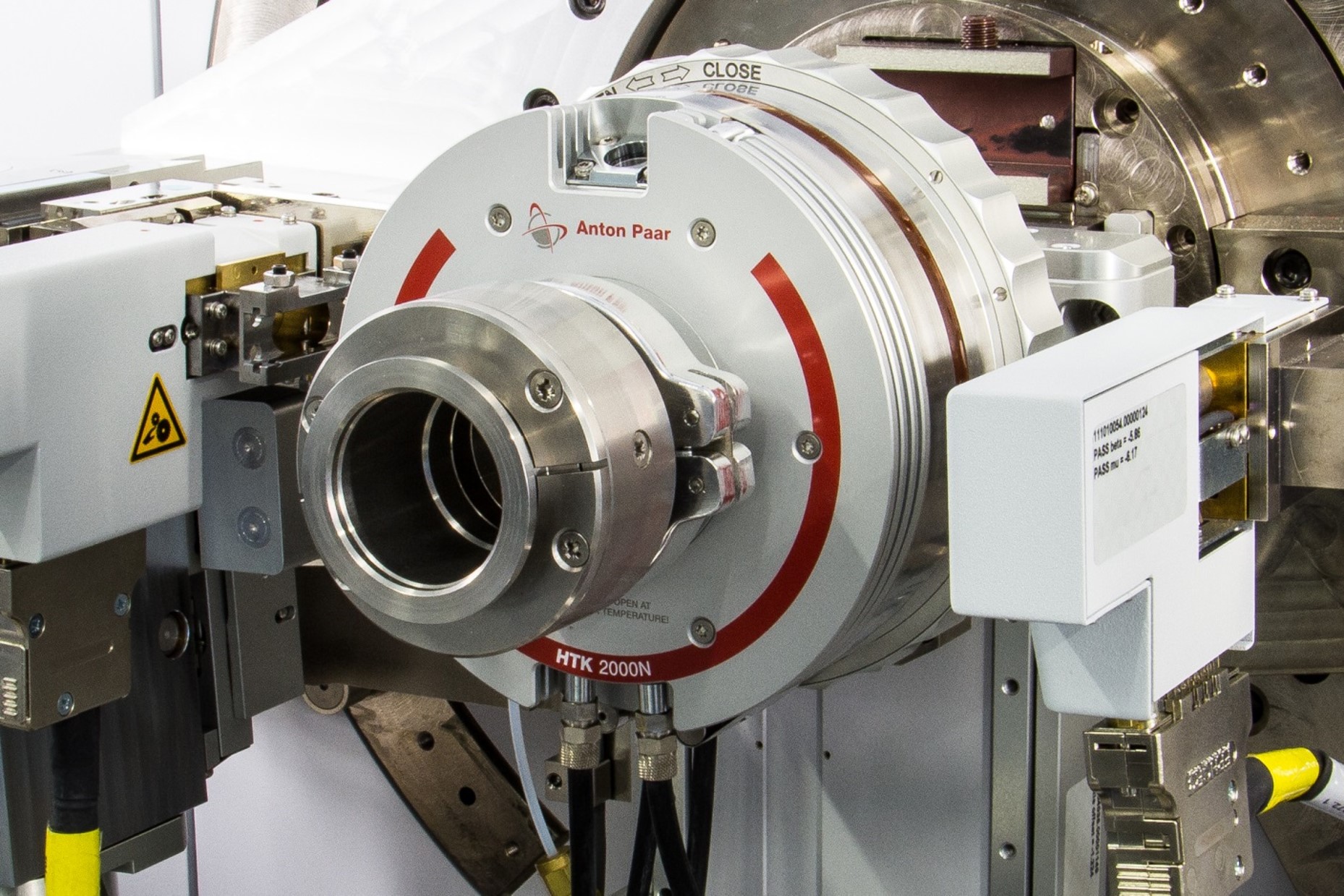Gas chromatographic determination of hydrogen in gases

After expulsion of hydrogen from a solid into the gas phase, gas chromatographic analysis is performed. The gas sample is fed into the column via a loop system and detected by means of a thermal conductivity detector (WLD).
 High Performance Center - Green Materials for Hydrogen, Hesse
High Performance Center - Green Materials for Hydrogen, Hesse

